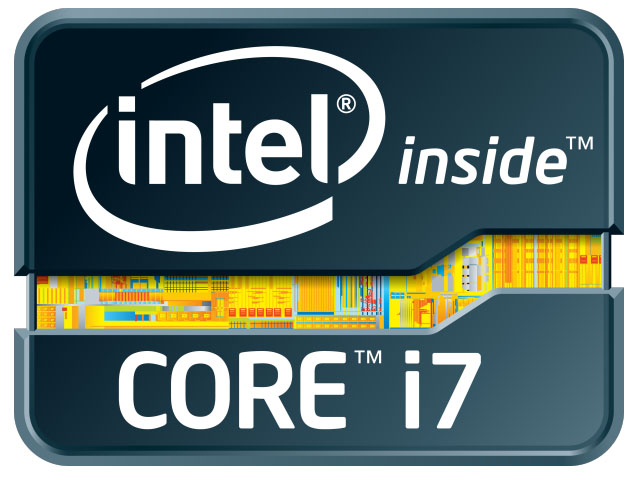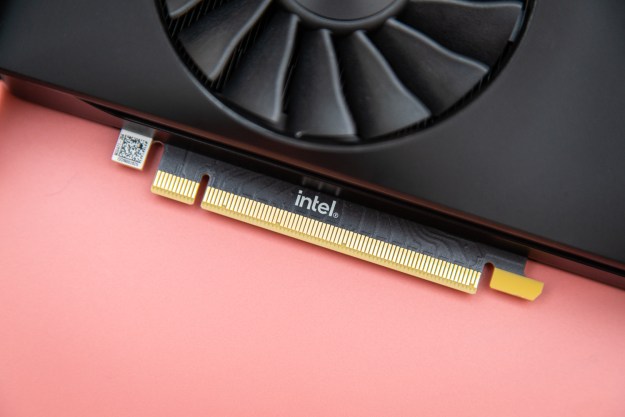Surprising no one, chipmaking giant Intel has formally introduced its new “game-changing” second-generation Intel Core processor family. Known collectively under the moniker “Core 2011,” the new chips will feature the same Core i3, i5, and i7 brand names that consumers have become familiar with over the last few years; however, under the hood the chips feature a new 32nm architecture, integrated HD graphics capability, and significant performance improvements. While the technical details of the Core 2011 processors have been known for some time, Intel did pull a rabbit out of its hat for CES: consumers with Core 2011 processors will be able to tap into a new secured online movie service, Intel Insider, to bring Hollywood (and Bollywood) movies directly to users’ computers.

“The new 2nd Generation Intel Core processors represent the biggest advance in computing performance and capabilities over any other previous generation,” said Intel PC Client Group VP and general manager Mooly Eden, in a statement. “The built-in visual capabilities enabled by these new processors are stunning. This combined with improved adaptive performance will revolutionize the PC experience in a way that is obvious for every user to see and appreciate—visibly smarter performance.”
Under the hood, the new Core processors are built on a 32nm process, which means they pack more transistors into a smaller area, increasing capabilities while reducing power requirements. The chips also feature Turbo Boost 2.0, the latest refinement of Intel’s performance-enhancing technology, that enables each processor core on the multi-core chips to adjust its clock speed based on application needs, while still keeping its heat emissions under control. Intel claims Turbo Boost 2.0 can make gaming up to 50 percent faster (since most games are single-core apps, other processor cores get spun down to devote power to the core running the game). Intel also says content-creation apps can be up to 42 percent faster. The chips also feature Intel Advanced Vector Extensions (AVX), Intel InTru 3-D (to support 3D monitors and HDTVs via HDMI 1.4), and Intel Clear Video Technology HD.

However, the most significant change in the Core 2011 line is that Intel has integrated HD graphics into the CPU chip itself, giving system manufacturers (and consumers) less reason to go to companies like AMD and Nvidia for high-performance graphics. Although third-party offerings will continue to be the only way to go for serious gamers and graphics professionals, Intel may be taking over the bottom of the market for high-definition graphics, and initial testing of Core 2011 graphics capabilities indicate they may be particularly appealing to notebook manufacturers.
Overall, Intel has so far announced 14 new processors in the Core 2011 line, although initially only high-end quad-core versions will be available this month; lower-power and dual core versions should hit the streets later this year.
Intel’s surprise movie service—dubbed Intel Insider—leverages a hardware security layer built into the Core 2011 chips, enabling Intel and distribution partners to create a secure end-to-end content delivery system that—in theory—will be free from piracy. The service will offer access to 1080p high-definition streaming content, and initial content partners include Warner Bros. DIgital Distribution, which will initially offer about 300 high-definition titles; other partners include Sonic Solutions and CinemaNow. Intel says commercial distribution of HD content using Intel Insider technology will get started in the first quarter of 2011. The service will only work on machines with new Intel Core 2011 CPUs, and there’s no word on pricing.
Editors' Recommendations
- Some Intel CPUs lost 9% of their performance almost overnight
- It just became the perfect time to buy a last-gen Intel CPU
- Intel Battlemage graphics cards: release date speculation, price, specs, and more
- Intel is oddly enthusiastic about AI replacing everyone’s jobs
- Gamers are reportedly returning Intel Core i9 CPUs in droves


